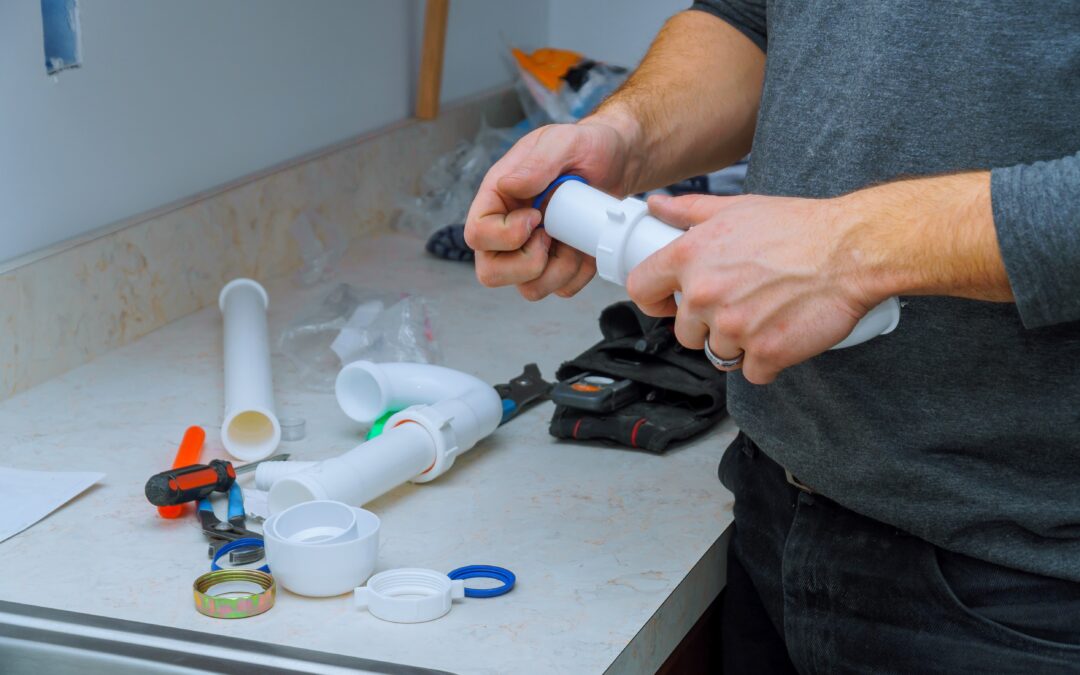Being a homeowner often goes hand-in-hand with tackling minor maintenance tasks for your property’s various systems. Plumbing is no exception—adequate knowledge regarding do-it-yourself (DIY) plumbing maintenance not only empowers you to handle minor issues but also aids in preventing costly damages down the line. While many relatively simple plumbing issues can be resolved through DIY methods, it’s equally important to understand and recognize the situations that require the expertise of a professional plumber.
At Shoreway Plumbing, we strive to support our Redwood City, CA, community by offering accessible, informative resources related to our services.
In this comprehensive guide, we delve into best practices for responsible DIY plumbing maintenance, common problems homeowners can tackle independently, and key situations that warrant calling in one of our skilled technicians.
Essential DIY Plumbing Maintenance Tools Every Homeowner Should Have
Before embarking on your DIY plumbing adventures, it’s crucial to have a well-stocked toolbox containing essential plumbing maintenance instruments. Some fundamental tools that every homeowner should consider including are:
- Plunger: A necessary tool for unclogging sinks and toilets; plungers come in various types, including standard and toilet-specific models.
- Pipe wrench: An adjustable, gripping tool for tightening and loosening threaded pipes, nuts, and fittings.
- Teflon tape: Useful for sealing threaded connections and preventing leaks, this tape provides an additional layer of protection.
- Plumber’s putty: A waterproof sealing compound often used to create watertight seals around faucets and drains.
- Drain snake (auger): A flexible, coiled metal wire used to unclog stubborn drain blockages in sinks, showers, and toilets.
- Adjustable wrench: A versatile tool for turning nuts and bolts, perfect for working on compression fittings and supply lines.
With these fundamental tools at your disposal, you’re well on your way to tackling basic DIY plumbing maintenance tasks.
Top Routine Plumbing Maintenance Tasks You Can Do Yourself
Regular plumbing maintenance is essential in increasing the efficiency and longevity of your home’s plumbing system. Some simple, routine tasks you can perform on your own include:
- Inspection: Regularly check your faucets, toilets, and exposed pipes for signs of leaks, dripping, or corrosion. Early detection can prevent more significant water damage and costly repairs.
- Drain cleaning: Remove debris and buildup from sink and shower drains to prevent clogs. Staying vigilant about what goes down your drains can save you from sizable problems later.
- Water heater maintenance: Inspect your water heater for leaks and corrosion and test the pressure relief valve. Also, consider draining and flushing the tank annually to remove sediment and prolong the heater’s lifespan.
- Toilet maintenance: Inspect the toilet’s inner components to ensure proper functioning. If the toilet continues to run after a flush, check the flapper and fill valve for potential issues.
These routine DIY maintenance tasks can contribute to your plumbing system’s optimal performance and preempt costly damages.
How to Handle Common Plumbing Issues: Minor Clogs, Dripping Faucets, and Running Toilets
- Minor clogs: For simple drain clogs, use a plunger to dislodge blockages. If a plunger is ineffective, you may need to resort to a drain snake to remove stubborn obstructions.
- Dripping faucets: Often caused by worn-out washers or damaged parts, a dripping faucet can be resolved by disassembling the faucet to replace worn components or apply Teflon tape to threads.
- Running toilets: A constantly running toilet may be due to a misaligned flapper, a faulty fill valve, or an improper chain length. Adjusting or replacing the relevant parts can resolve the issue.
Signs It’s Time to Call a Professional Plumber
While it’s empowering to tackle minor plumbing projects, it’s vital to recognize when a situation calls for the expertise of a professional plumber. Some of the signs include:
- Persistent or recurring clogs
- Substantial water damage or flooding
- Sewage odors or backups
- Lack of running water or frozen pipes
- Low water pressure throughout your home
Attempting to handle complex plumbing issues may result in further damage and costly repairs. It’s always best to consult a professional plumber in these situations.
The Potential Risks of Tackling Advanced Plumbing Problems Without Professional Assistance
Taking on advanced plumbing problems without adequate expertise can lead to several adverse outcomes, such as:
- Increased costs: A seemingly simple plumbing issue can quickly escalate into a costly repair due to inexperience or incorrect troubleshooting.
- Property damage: Missteps can result in pipe damage, leaks, or even flooding, leading to structural damage and potential health hazards like mold growth.
- Voided warranties: In some cases, attempting DIY repairs on plumbing fixtures may void the manufacturer’s warranty, leaving you without coverage for replacement or repair.
Conclusion
Mastering the art of responsible DIY plumbing maintenance can empower homeowners to should minor plumbing issues and prolong their systems’ lifespan. However, understanding the limits of DIY plumbing and knowing when to call in professional help is equally important. By balancing routine maintenance, problem-solving, and expert intervention, you can ensure the long-term health of your home’s plumbing system.
If you need professional assistance with plumbing installation, maintenance, or repair in Redwood City, CA, trust the experts at Shoreway Plumbing. Our skilled and qualified technicians are dedicated to providing exceptional service for all plumbing situations. Learn more about our services and schedule an appointment today.


